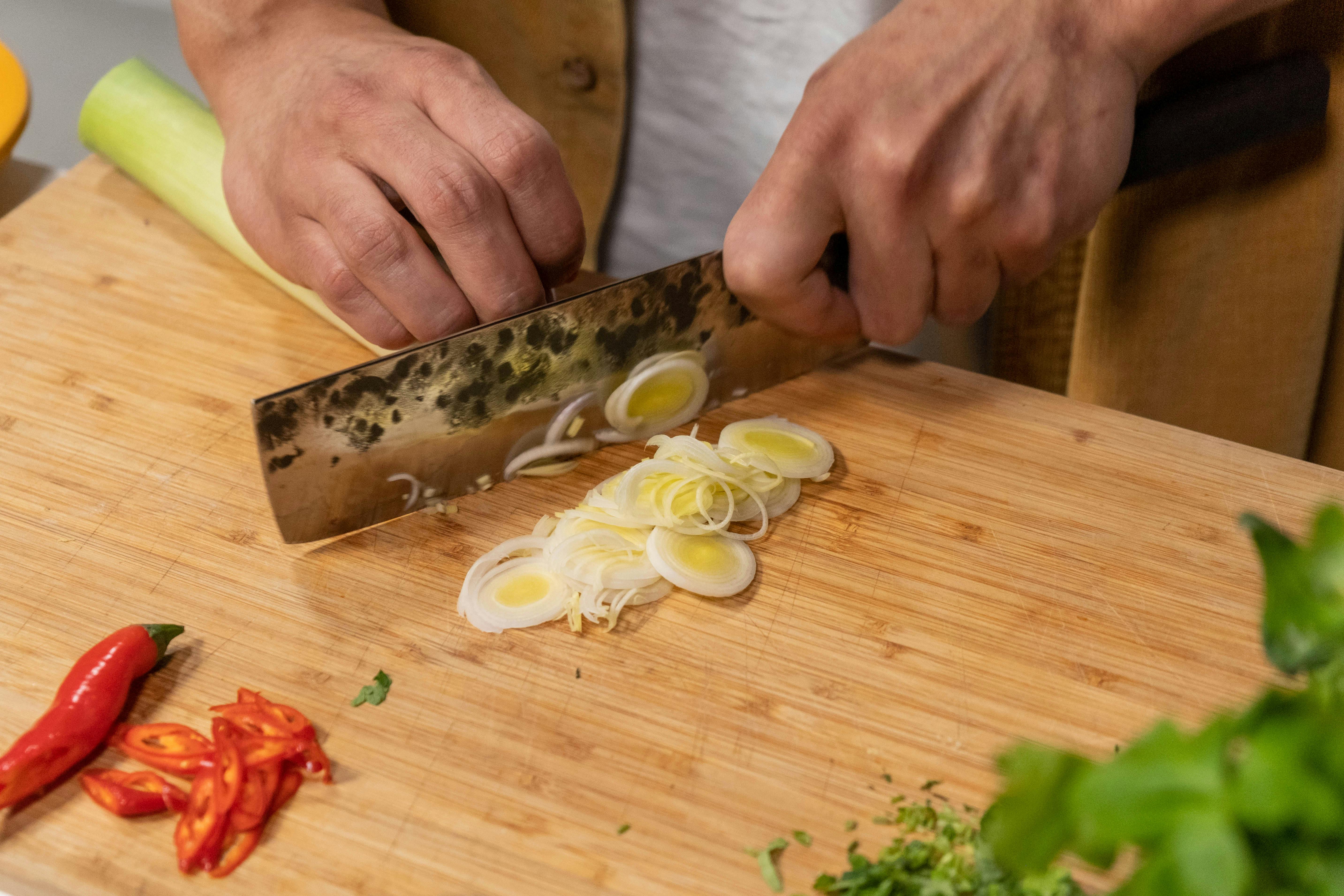DIY Tips for Hanging Cabinets
Kitchen cabinets are available at numerous retail stores and you shouldn’t be afraid to install them yourself. This is a great DIY project and with these tips you can save time and avoid costly installation mistakes. I have installed cabinets for years and use these tips myself.
Have the necessary tools for this DIY project ready before you begin.
• 4 in 1 screwdriver
• 2 foot level
• 4 foot level
• Clamps
• 2 cordless drills
• Set of drills
• Hole saw set
• Puzzle
• Level
• Miter saw
• Pry bar
• Study search engine
First mark the wall to establish the layout. This way you will avoid surprises later, in your installation. Find the highest point on the floor and draw a level line 34 ½” up, marking the top of the base cabinets. Measure 19-1/2″ from that line and draw another line, this will be the bottom of your wall Measure and mark the layout of each wall cabinet on the wall Draw a vertical line to install the first cabinet Then mark the stud locations on the walls below where the bottom will hang bottom of cabinet.
Remove cabinet doors and shelves; this will make your cabinets lighter and less difficult to hang.
Check the wall by holding a level 4 feet against it to see if there are any major depressions or potholes to worry about. Most of the time you can shim the cabinets as you go.
It is easier to hang wall cabinets when you are not leaning on the base cabinets. Screw a ledger board into your mark for the bottom of the wall cabinets, screw it into a pair of studs 2 or 3 will be fine. You can rest your cabinets on this ledger board, it will ensure a nice straight alignment and keep your cabinets in place while you screw them to the wall.
This is where the stud markings come in handy, take a measurement at the bottom of the cabinet and transfer this measurement to the inside of the cabinet, and this is where you need to screw your cabinets to the wall. Use 4 screws if possible on the outside edges of the cabinets. On some small cabinets 9″ or less, you may only be able to get 2 screws on the inside.
Align the face frames and pin them together. The cabinets should be attached to the wall, but you may need to loosen them to get the frames to line up perfectly. Pre-drill a 1/8-in. hole before screwing them in with a 2-1/2 in. screw. self drilling screw Choose the less noticeable cabinet of the two to drill into and place the screw head.
Shim the base cabinets up to your line on the wall and secure the back of the cabinet with 2 screws. On islands and peninsulas, these must be fixed to the ground. Put these cabinets together and put them in place. Trace an outline of the cabinets on the floor. Screw 2x2s to the floor 1/2 in. inside the line to account for the thickness of the cabinets. Screw the island cabinets to the 2x2s.
Cutting exactly sized holes for your water lines and drain pipe may impress your wife or client, but it’s likely to give you headaches. Cutting larger holes makes it easier to slide the cabinet into place and provides room for minor adjustments.
For this DIY project, you’ll need help supporting and lifting cabinets. When you’re done, take a step back and enjoy your accomplishment.



